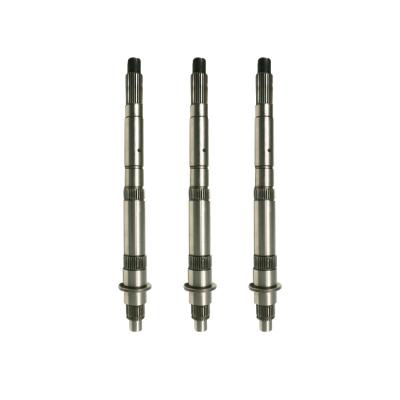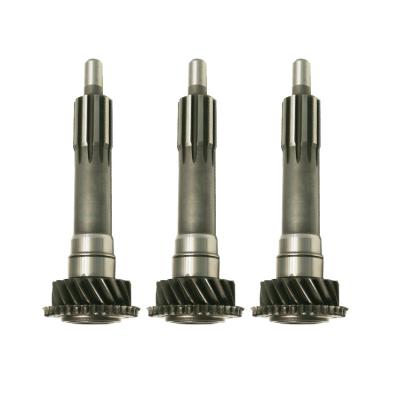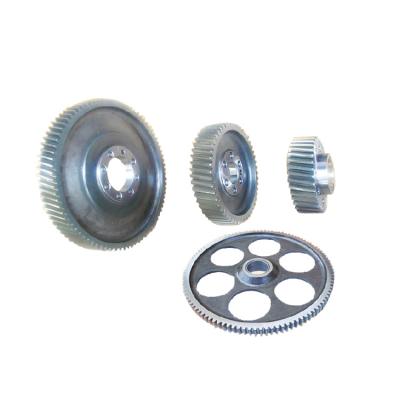About the type and application scenario of bevel gears
A bevel gear is a power transmission component that is first used to change the direction of rotation of the shaft, reduce the speed, and increase the torque between the non-parallel rotating shafts. They are used for shafts where the shafts are crossed, especially those where the shafts do not cross. The axis is always vertical, but not yet vertical.
What types of bevel gears are there?
A bevel gear is a type that uses two bevel gears to transfer energy between shafts cut in the same space; However, hypoid gears can transfer energy between two shafts that cross each other. The teeth of a bevel gear can be spiral, straight, or tapered. Several gears can be classified not only according to the width of the tooth, but also according to the width of the tooth or the circular pitch in the center. Bevel gears are available in straight bevel gears and hyperbolic bevel gears.
The tooth shape of a straight-tooth bevel gear is functionally similar to that of a spur gear, but its geometry is gradually refined to the point of conceptual shape. The two tapers should intersect at a common point to match the gears. Therefore, bevel gears cannot be replaced like spur gears. These conceptual cones were introduced into pitch cones. Another conceptual cone is the posterior cone, which describes the outer edge of the tooth shape, i.e. the large part of the tooth shape that determines the shape and size. The tooth surface usually has a slight coronal spur gear.

Hyperboloid bevel gears are similar to spiral cones, but the interface is not tapered and hyperbolic. Pinions can be placed below or above the center of the gear, making the pinion larger in diameter, smoother in engagement, and longer in life. If the structure of the slant plate is parallel to the axis of rotation, the setting is similar to a worm drive. Hypoid gears are widely used in automotive rear axles.
Application of bevel gears
Bevel gears have important applications in construction equipment, automotive drive systems, helicopter drives, marine thrusters, locomotives and so on. They are also used in a variety of industrial applications such as assembly line drives, escalator drives and wind tower gear units.
The normal rear-wheel drive differential will combine a ring gear, a hypoid pinion, two pinions and two straight-tooth bevel gears. Non-hypoid differentials are occasionally used for low motion control, and the average speed of the two output shafts should always be equal to the input shaft.
Helical bevel gears are more commonly used in less common applications that require right-angle motion. Many motion control devices use small parts that require rigorous back clearance monitoring. They can make component arrangement simpler because the output shaft and the input shaft are placed on the same surface, which is different from the cross shaft bevel gear, where the two shafts are accurately placed on different surfaces.




